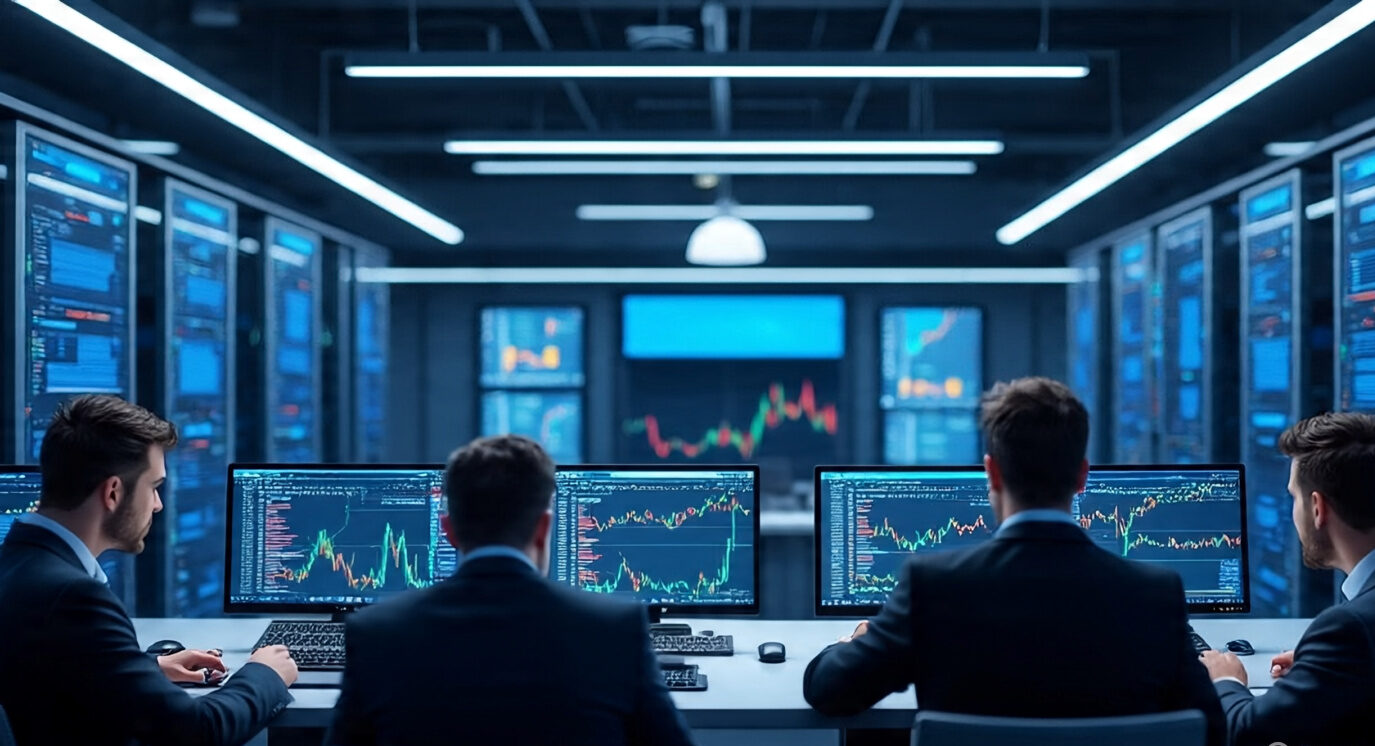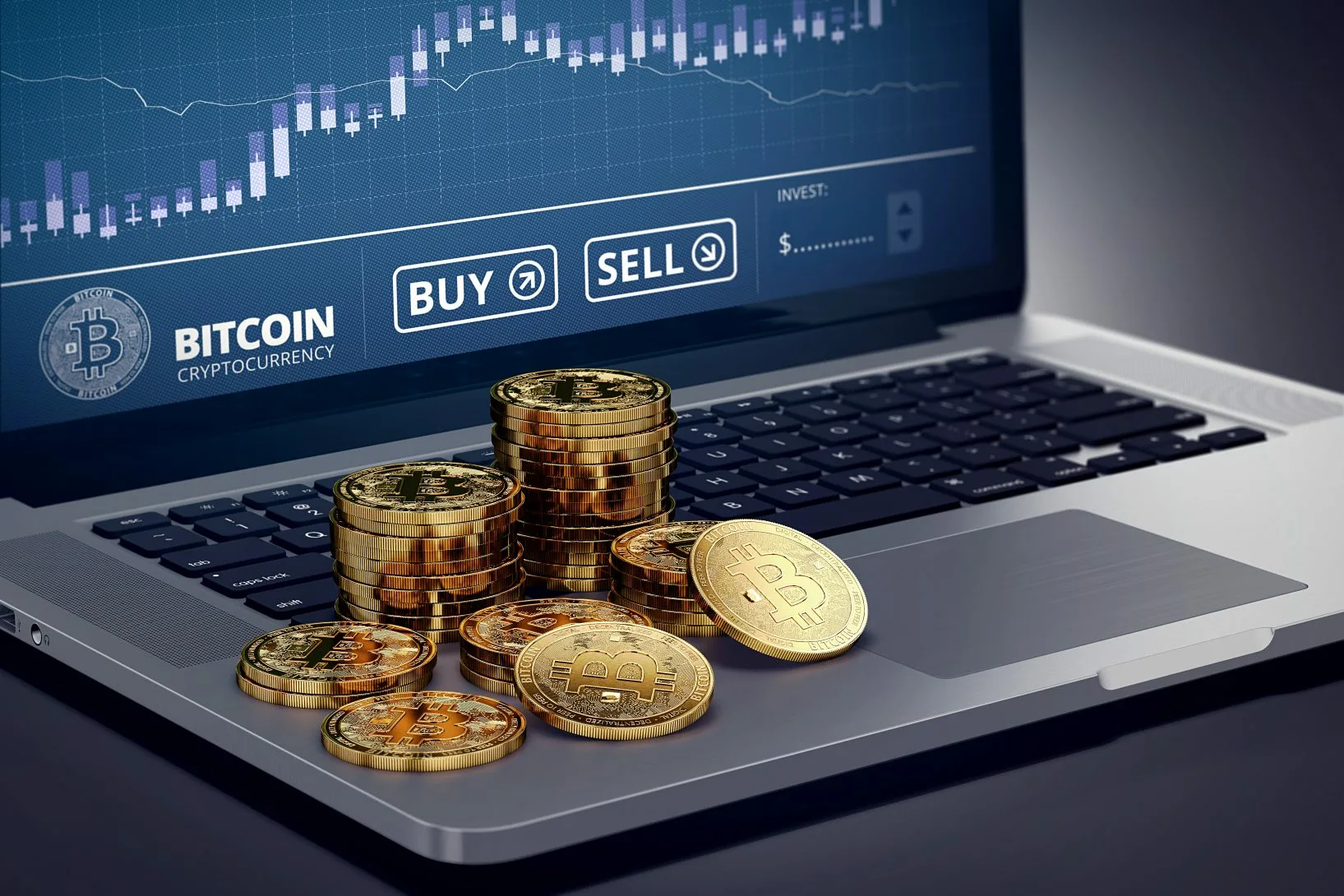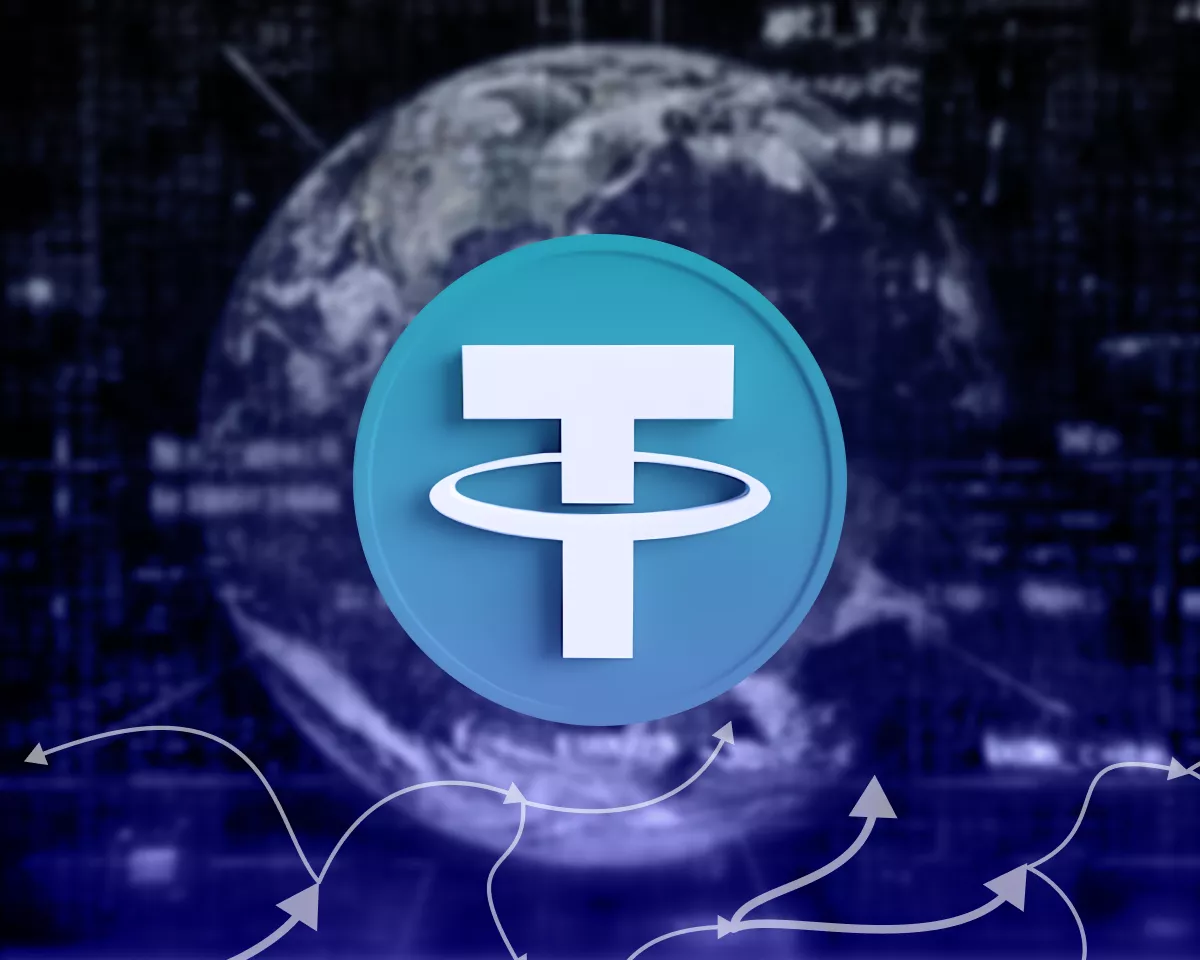
Amazing Automated Bitcoin Trading System Cuts Risk 50%
The cryptocurrency market has witnessed a revolutionary transformation with the emergence of automated Bitcoin trading systems that promise to reduce investment risk by an astounding 50%. As digital assets continue to gain mainstream adoption, traders are increasingly turning to sophisticated AI-powered trading bots and automated platforms to navigate the volatile crypto landscape more effectively.
Traditional Bitcoin trading methods often expose investors to significant risks, including emotional decision-making, market timing errors, and the inability to monitor markets continuously. However, modern crypto trading automation has emerged as a game-changing solution that addresses these challenges head-on. By implementing sophisticated risk management protocols and utilizing comprehensive market data analysis, these systems can substantially minimize potential losses while maximizing profit opportunities.
The integration of artificial intelligence and blockchain technology has created unprecedented opportunities for traders to benefit from algorithmic trading strategies that operate around the clock. These systems can process vast amounts of market data, identify patterns, and execute trades within milliseconds, ensuring optimal entry and exit points that would be impossible for human traders to achieve consistently.
As we delve deeper into this comprehensive analysis, we’ll explore how these revolutionary automated trading platforms are reshaping the cryptocurrency investment landscape, examining their core features, benefits, and the specific mechanisms that enable them to achieve such remarkable risk reduction. Whether you’re a seasoned trader or a newcomer to the crypto space, these systems’ capabilities will be crucial for making informed investment decisions in today’s rapidly evolving digital asset market.
What Are Automated Bitcoin Trading Systems
Automated Bitcoin trading systems represent sophisticated software platforms that execute cryptocurrency trades on behalf of users without requiring constant manual intervention. These systems utilize complex algorithms, artificial intelligence, and machine learning technologies to analyze market conditions, identify trading opportunities, and execute transactions automatically.
The foundation of these systems lies in their ability to process enormous volumes of market data simultaneously, including price movements, trading volumes, market sentiment indicators, and technical analysis patterns. AI trading algorithms can evaluate hundreds of variables within seconds, making split-second decisions based on predetermined parameters and real-time market conditions.
Modern automated trading platforms incorporate multiple sophisticated features, including backtesting capabilities, risk management protocols, and customizable trading strategies. Users can configure these systems to align with their risk tolerance, investment goals, and preferred trading approaches. The platforms typically support various trading strategies, such as arbitrage, grid trading, dollar-cost averaging, and momentum-based trading, allowing users to diversify their approaches and optimize their results.
The integration of blockchain technology ensures transparency and security throughout the trading process. These systems connect directly to major cryptocurrency exchanges through secure API connections, enabling real-time trade execution while maintaining the highest security standards. Advanced encryption protocols protect user data and trading strategies, while comprehensive audit trails provide complete transparency regarding all trading activities and performance metrics.
Key Features That Reduce Risk by 50%
Advanced Risk Management Protocols
The cornerstone of effective automated Bitcoin trading systems lies in their sophisticated risk management capabilities. These platforms implement multiple layers of protection, including dynamic stop-loss orders, position sizing algorithms, and correlation analysis tools that work together to minimize potential losses. Smart risk management features automatically adjust trading parameters based on market volatility, ensuring that position sizes remain appropriate for current market conditions.
Portfolio diversification algorithms spread investments across multiple trading pairs and strategies, reducing concentration risk and minimizing the impact of adverse price movements in any single asset. These systems continuously monitor correlation coefficients between different cryptocurrencies, automatically rebalancing portfolios when correlations increase beyond safe thresholds.
Real-Time Market Analysis and Response
AI-powered market analysis capabilities enable these systems to process vast amounts of data from multiple sources simultaneously, including social media sentiment, news feeds, technical indicators, and on-chain metrics. Machine learning algorithms identify patterns and anomalies that could signal potential market movements, allowing the system to adjust trading strategies proactively rather than reactively.
The integration of sentiment analysis tools helps systems gauge market emotions and crowd psychology, providing valuable insights that complement technical analysis. These platforms can detect early warning signs of market volatility or trend reversals, enabling them to implement protective measures before significant losses occur.
Automated Stop-Loss and Take-Profit Mechanisms
Advanced automated trading platforms implement sophisticated stop-loss and take-profit mechanisms that go beyond simple percentage-based rules. These systems utilize trailing stops, volatility-adjusted stops, and time-based exits to optimize trade management. Dynamic stop-loss algorithms adjust protection levels based on market volatility, ensuring that stops aren’t triggered by normal market fluctuations while still providing adequate downside protection.
Intelligent take-profit systems utilize multiple exit strategies, including partial profit-taking at predetermined levels and momentum-based exits that capture extended moves while protecting accumulated gains. These mechanisms work together to optimize the risk-reward ratio of each trade, contributing significantly to overall risk reduction.
How AI and Machine Learning Enhance Trading Safety

Predictive Analytics and Pattern Recognition
Artificial intelligence in trading systems excels at identifying complex patterns and relationships that human traders might overlook. Machine learning algorithms analyze historical price data, market cycles, and trading patterns to develop predictive models that can forecast potential market movements with remarkable accuracy. These AI trading algorithms continuously learn and adapt from new market data, improving their predictive capabilities over time.
Pattern recognition systems can identify recurring chart patterns, candlestick formations, and market structures that historically precede significant price movements. By recognizing these patterns early, trading systems can position themselves advantageously or implement protective measures before adverse market conditions develop.
Adaptive Learning and Strategy Optimization
Machine learning capabilities enable crypto trading bots to adapt their strategies based on changing market conditions and performance feedback. These systems continuously analyze their trading results, identifying which strategies perform best under different market conditions and automatically adjusting their approach accordingly. Adaptive algorithms can recognize when market regimes change and modify trading parameters to maintain optimal performance.
Strategy optimization algorithms use techniques such as genetic algorithms and reinforcement learning to evolve trading strategies over time. These systems test thousands of parameter combinations through simulation and backtesting, identifying the most effective approaches for current market conditions while maintaining strict risk controls.
Anomaly Detection and Market Surveillance
AI-powered anomaly detection systems monitor market conditions for unusual patterns or behaviors that could indicate potential risks or opportunities. These systems can identify market manipulation attempts, unusual trading volumes, or technical breakdowns that might signal impending volatility. By detecting these anomalies early, trading systems can implement protective measures or adjust their strategies accordingly.
Market surveillance capabilities monitor multiple timeframes and markets simultaneously, providing comprehensive coverage that would be impossible for human traders to achieve. These systems can detect emerging trends, correlation breakdowns, or cross-market arbitrage opportunities that contribute to overall trading success while maintaining risk controls.
Comparing Manual vs Automated Trading Risk Profiles
Emotional Decision-Making Elimination
One of the most significant advantages of automated Bitcoin trading systems over manual trading approaches is the complete elimination of emotional decision-making. Human traders often fall victim to psychological biases such as fear, greed, overconfidence, and revenge trading, which can lead to poor decision-making and increased risk exposure. Crypto trading automation removes these emotional factors entirely, ensuring that all trading decisions are based on objective analysis and predetermined criteria.
Behavioral finance research has consistently shown that emotional trading decisions are among the leading causes of investment losses. Fear can cause traders to exit positions prematurely, while greed can lead to excessive risk-taking or failure to take profits when appropriate. Automated systems maintain consistent discipline, executing trades based solely on their programmed logic and market analysis.
Consistency and Discipline Advantages
Automated trading platforms maintain unwavering consistency in their approach, applying the same analytical criteria and risk management rules to every trading opportunity. This consistency eliminates the natural human tendency to deviate from established trading plans, especially during periods of high stress or market volatility. Algorithmic consistency ensures that risk management protocols are always applied, regardless of market conditions or recent trading performance.
Manual traders often struggle with discipline, particularly after experiencing a series of losses or gains. Automated systems maintain their programmed discipline regardless of recent performance, continuing to apply appropriate position sizing, stop-loss levels, and risk management protocols consistently across all trades.
Speed and Efficiency Benefits
The speed advantage of AI-powered trading bots over human traders is substantial and contributes significantly to risk reduction. These systems can analyze market conditions and execute trades within milliseconds, enabling them to capture optimal entry and exit points that human traders might miss. High-frequency trading capabilities allow automated systems to take advantage of short-term price discrepancies and arbitrage opportunities that exist for only brief moments.
Market efficiency improvements through automation include the ability to monitor multiple markets and trading pairs simultaneously, ensuring comprehensive coverage and optimal opportunity identification. Human traders are limited by their ability to process information and execute trades manually, while automated systems can manage hundreds of positions and monitor thousands of market variables simultaneously.
Top Automated Bitcoin Trading Platforms in 2025

Leading Platform Features and Capabilities
The landscape of automated trading platforms in 2025 features several standout providers, each offering unique capabilities and specializations. Leading platforms such as 3Commas, Cryptohopper, and TradeSanta have established themselves through comprehensive feature sets, robust security measures, and proven track records of risk reduction. These platforms typically offer advanced backtesting capabilities, multiple trading strategies, and sophisticated risk management tools.
Platform selection criteria should include factors such as supported exchanges, available trading strategies, risk management features, user interface quality, customer support, and pricing structure. The most successful platforms combine powerful analytical capabilities with user-friendly interfaces, making sophisticated trading strategies accessible to both novice and experienced traders.
Security and Reliability Standards
Security represents a paramount concern for crypto trading automation platforms, as they require access to user exchange accounts and funds. Leading platforms implement enterprise-grade security measures, including end-to-end encryption, two-factor authentication, API key management, and secure data storage protocols. Security audits and compliance with industry standards help ensure user funds and data remain protected.
Reliability standards include platform uptime guarantees, redundant systems, and fail-safe mechanisms that protect user positions during system outages or connectivity issues. The most reputable platforms maintain 99.9% uptime and implement automatic shutdown procedures if critical systems fail, preventing potential losses during technical difficulties.
Performance Tracking and Analytics
Comprehensive performance analytics capabilities enable users to monitor their trading results, analyze strategy effectiveness, and optimize their automated trading approach. Leading platforms provide detailed reporting on trade execution, profit and loss analysis, risk metrics, and comparative performance benchmarks. Real-time dashboards display key performance indicators and allow users to monitor their automated strategies’ progress continuously.
Advanced analytics features include risk-adjusted return calculations, maximum drawdown analysis, Sharpe ratio tracking, and strategy comparison tools. These metrics help users understand their automated trading performance beyond simple profit calculations, providing insights into risk-adjusted returns and strategy effectiveness across different market conditions.
Setting Up Your First Automated Trading System
Initial Configuration and Strategy Selection
Setting up an effective automated Bitcoin trading system begins with careful consideration of your investment objectives, risk tolerance, and available capital. Initial configuration involves selecting appropriate trading strategies, setting risk parameters, and establishing connectivity with preferred cryptocurrency exchanges. Strategy selection should align with your investment timeline, risk appetite, and market outlook.
Risk parameter configuration includes setting maximum position sizes, stop-loss levels, daily loss limits, and correlation limits for portfolio diversification. These parameters form the foundation of your automated trading system’s risk management approach and should be conservative initially, with adjustments made as you gain experience and confidence in the system’s performance.
Risk Management Settings and Parameters
Proper risk management configuration represents the most critical aspect of automated trading system setup. Key parameters include position sizing rules, which determine how much capital is allocated to each trade based on account size and volatility considerations. Maximum drawdown limits prevent excessive losses during unfavorable market conditions, automatically reducing position sizes or pausing trading when predetermined loss thresholds are reached.
Diversification settings ensure that your automated trading system doesn’t concentrate risk in any single cryptocurrency or trading strategy. Portfolio correlation limits prevent overexposure to highly correlated assets, while strategy diversification spreads risk across multiple algorithmic approaches. These settings work together to create a robust risk management framework that protects your capital across various market conditions.
Monitoring and Optimization Best Practices
Effective automated trading requires ongoing monitoring and optimization to maintain peak performance. Regular performance reviews should examine trade execution quality, strategy effectiveness, and risk metric trends. Optimization processes involve adjusting parameters based on changing market conditions, updating strategies to reflect new market patterns, and rebalancing portfolios to maintain desired risk levels.
Continuous monitoring includes tracking key performance indicators, analyzing drawdown periods, and identifying opportunities for improvement. While automated systems reduce the need for constant attention, regular oversight ensures that the system continues to operate within acceptable parameters and adapts to evolving market conditions effectively.
Real-World Success Stories and Case Studies
Institutional Adoption and Results
Institutional investors have increasingly embraced automated Bitcoin trading systems, with many reporting significant risk reduction and improved returns. Major hedge funds and investment firms have documented cases where automated trading reduced portfolio volatility by 40-60% while maintaining comparable or superior returns to manual trading approaches. Institutional success stories demonstrate the scalability and effectiveness of these systems across large investment portfolios.
Case study analysis from leading institutional users reveals that the most successful implementations combine multiple automated strategies with robust risk management frameworks. These institutions typically achieve risk reduction through diversification across trading strategies, timeframes, and market conditions, while maintaining strict oversight and regular optimization procedures.
Individual Trader Experiences
Individual traders using crypto trading bots have reported significant improvements in their trading results, with many documenting risk reduction levels approaching 50% compared to their previous manual trading approaches. Success metrics include reduced maximum drawdowns, more consistent monthly returns, and the elimination of emotional trading losses that previously impacted their performance.
Trader testimonials consistently highlight the benefits of 24/7 market monitoring, consistent strategy execution, and the ability to implement sophisticated risk management techniques that would be difficult to maintain manually. Many users report improved sleep quality and reduced stress levels as additional benefits of automated trading adoption.
Performance Metrics and Statistics
Comprehensive performance data from leading automated trading platforms shows average risk reduction levels of 45-55% compared to manual trading approaches. Key metrics include reduced standard deviation of returns, lower maximum drawdown levels, and improved risk-adjusted returns as measured by Sharpe ratios and other statistical measures. Statistical analysis demonstrates the consistent benefits of automated trading across various market conditions and timeframes.
Benchmark comparisons show that automated trading systems typically outperform both passive buy-and-hold strategies and active manual trading in terms of risk-adjusted returns. These results hold across different market cycles, demonstrating the robustness and effectiveness of well-designed automated trading approaches.
Common Mistakes to Avoid
Over-Optimization and Strategy Fitting
One of the most common pitfalls in automated Bitcoin trading is over-optimization, where traders continuously adjust parameters based on recent performance, leading to strategies that are overly fitted to historical data but perform poorly in live markets. Over-fitting occurs when traders optimize their systems for past market conditions without considering how these conditions might change in the future.
Parameter stability should be prioritized over absolute performance optimization. Strategies that perform consistently across various market conditions are generally more reliable than those optimized for specific historical periods. Traders should resist the temptation to constantly adjust parameters and instead focus on robust, adaptable strategies that can handle diverse market environments.
Inadequate Risk Management Implementation
Insufficient risk management represents another critical mistake that can negate the benefits of automated trading. Some traders focus primarily on profit potential while neglecting proper position sizing, stop-loss implementation, and portfolio diversification. Risk control should always be the primary consideration when designing and implementing automated trading strategies.
Common oversights include setting stop-loss levels too wide, failing to implement position sizing rules, and neglecting to monitor correlation levels between different positions. Proper risk management requires continuous attention and regular adjustment to maintain effectiveness across changing market conditions.
Platform Selection and Due Diligence Errors
Choosing inappropriate automated trading platforms can lead to significant losses and missed opportunities. Common selection errors include prioritizing low costs over security features, failing to verify platform track records, and choosing platforms that lack adequate risk management tools. Due diligence should include thorough research of platform security measures, regulatory compliance, and user reviews.
Platform evaluation should consider factors such as uptime reliability, customer support quality, available trading strategies, and integration capabilities with preferred exchanges. Traders should avoid platforms that make unrealistic performance claims or lack transparent reporting of their track records and methodologies.
Future of Automated Bitcoin Trading
Emerging Technologies and Innovations
The future of automated Bitcoin trading promises significant advancements through emerging technologies such as quantum computing, advanced neural networks, and improved blockchain integration. Quantum algorithms may eventually provide unprecedented computational power for market analysis and pattern recognition, enabling even more sophisticated trading strategies and risk management approaches.
Blockchain integration improvements will likely enhance the security, transparency, and efficiency of automated trading systems. Smart contract integration could automate more aspects of the trading process while maintaining complete transparency and security. Innovation trends suggest that automated trading will become increasingly sophisticated while remaining accessible to individual investors.
Regulatory Developments and Compliance
Regulatory evolution in the cryptocurrency space will significantly impact automated trading systems, with increasing emphasis on compliance, transparency, and investor protection. Future platforms will likely need to meet stricter regulatory requirements while maintaining their effectiveness and accessibility. Compliance frameworks will need to balance innovation with investor protection and market stability concerns.
Industry standards for automated trading are likely to emerge, establishing best practices for risk management, performance reporting, and operational security. These standards will help investors identify legitimate platforms while encouraging continued innovation in automated trading technology.
Market Evolution and Adaptation
As cryptocurrency markets mature, automated trading systems will need to adapt to changing market dynamics, including increased institutional participation, improved market efficiency, and evolving trading patterns. Market evolution will likely reduce some arbitrage opportunities while creating new ones, requiring automated systems to continuously adapt their strategies.
Adaptation requirements will include improved handling of market volatility, better integration with traditional financial markets, and enhanced ability to trade across multiple asset classes. The most successful automated trading systems will be those that can evolve with changing market conditions while maintaining their risk reduction capabilities.
Also Read: 3 Essential Secure Bitcoin Trading Accounts Proven Results
Conclusion
Automated Bitcoin trading systems have emerged as revolutionary tools that can demonstrably reduce investment risk by up to 50% through sophisticated AI-powered algorithms, comprehensive risk management protocols, and continuous market monitoring capabilities.
These systems eliminate emotional decision-making, provide consistent strategy execution, and leverage advanced technologies to identify opportunities and manage risks more effectively than traditional manual trading approaches. The integration of machine learning, predictive analytics, and automated risk controls creates a powerful combination that protects investor capital while maximizing profit potential.
As the cryptocurrency market continues to evolve, automated trading platforms will become increasingly sophisticated, offering even greater risk reduction capabilities and accessibility to investors of all experience levels. Success with these systems requires careful platform selection, proper configuration of risk parameters, and ongoing monitoring to ensure optimal performance across changing market conditions.







